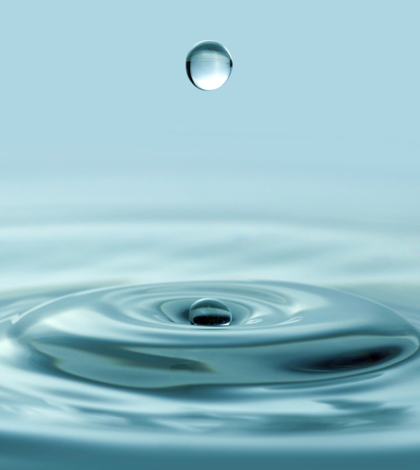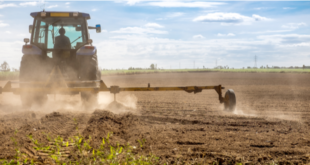Though the much-hyped El Nino of 2015-16 only materialized in some parts of the state, it was enough to boost California’s hydropower generation to its best levels since 2011. According to the U.S. Energy Information Administration (USEIA), the state’s hydropower production in March was 2.77 million megawatt hours – the highest since March 2011.
But despite this good news, the USEIA does not expect hydroelectricity production to improve this year. Peter Gleick, president of the Pacific Institute, agrees saying, “Northern California received about an average amount of rainfall, but the reservoirs were extremely low and so less than an average amount of water was let go through the turbines.” Gleick said, “I would estimate that 2015-16 will be below average (for) hydropower again, though certainly better than last year.”
According to the U.S. Drought Monitor, as of mid-May, 21 percent of the state remains in an exceptional drought, reflecting the lowest percentage since February 2014. A small percentage of the state, five percent, is listed a s not having any drought, the best ratio since March 2013.
According to Climate Central, “Prior to the drought, hydropower produced nearly 40 percent of the state’s electricity during wet years, with natural gas producing most of the rest. Today, about 11 percent of the state’s electricity comes from hydropower and 52 percent comes from natural gas, with wind, solar and nuclear producing much of the rest.”
California will become less dependent on hydropower and natural gas in the ensuing year based on legislation passed in 2015. By 2050, 50 percent of the state’s power is supposed to come from wind, solar, biomass, geothermal energy and small hydroelectric sources. Prior to the four-year drought, California was the country’s fourth largest hydropower producer.
El Nino did help in providing a significantly better snowpack in the Sierras this past year, although it remains below long-term averages. California snowpack water content stood at 14.5 inches in late April – 61 percent of average and vastly improved over the 1.1 inches at the same time last year.
Although many of northern California’s reservoirs are nearly full they aren’t expected to help much with increasing hydropower due to anticipated warmer-than-normal temperatures throughout the state. The increased heat will cause more evaporation of water in hydroelectric reservoirs.
In summation, Pacific Institute’s Gleick, a water and climate analyst, anticipates that California’s hydropower generation to recover only slightly this year.
 California Water News Daily Your Source For Water News in California
California Water News Daily Your Source For Water News in California


